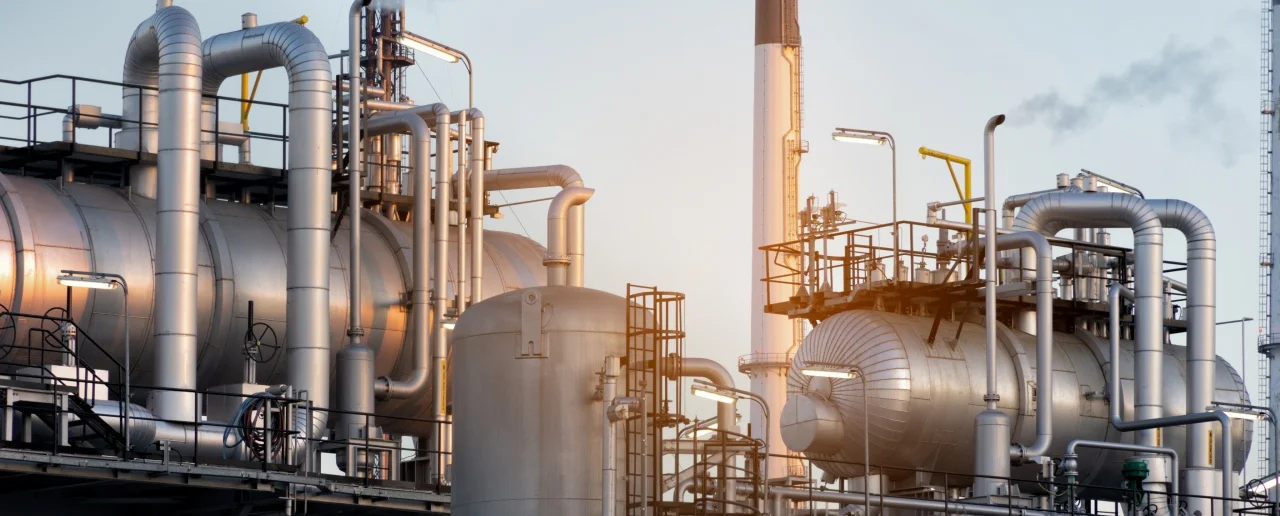
Methanol, a widely used simple alcohol, finds its applications across a range of industries, from manufacturing plastics to pharmaceuticals. Traditionally, methanol is produced through steam reforming of natural gas, a process that generates syngas, which is then converted into methanol. This method, though effective, is significantly carbon-intensive, contributing to CO2 emissions. However, a transformative shift towards sustainability in methanol production is underway, focusing on the integration of green hydrogen.
It's crucial to differentiate between grey, blue, and green methanol. Grey methanol is produced from natural gas or coal, blue methanol includes carbon capture in its production process, and green methanol is created using only renewable energy sources.
Grey methanol is the most commonly produced type. It is made via a synthesis reaction from methane, which is primarily obtained from natural gas or, in some cases like in China, from coal. This production process is not renewable and is linked to significant greenhouse gas emissions, particularly CO2. The reliance on fossil fuels makes it the least environmentally friendly type of methanol.
Blue methanol is also derived from natural gas, similar to grey methanol. However, the key distinction is that the production process of blue methanol includes carbon capture and storage (CCS). The CCS technology captures the larger portion of the CO2 emissions generated during methanol production and stores them, typically underground. This process reduces the carbon footprint of methanol production, making blue methanol less polluting than grey methanol. However, it's important to note that it does not eliminate emissions entirely and still relies on fossil fuels.
Green methanol is produced using only renewable energy sources, ensuring no harmful gases are emitted into the atmosphere during its production.
There are two primary types of green methanol:
Biomethanol is produced from the gasification of sustainable biomass sources, such as agricultural, livestock, forestry residues, and municipal waste. Gasification involves combustion at high temperatures (between 700 and 1,500 ºC), transforming the combustion gases from these materials together with green hydrogen into green methanol.
”eMethanol” is produced from hydrogen generated from renewable electricity (green hydrogen) and captured carbon dioxide. The process of creating green hydrogen involves electrolysis, where electric current is used to separate hydrogen from oxygen in water. When this electricity is sourced from renewables like wind or solar farms, it results in a clean energy process.
The transition to blue and particularly green methanol is pivotal in decarbonization efforts and aligns with global sustainability goals, significantly reducing the chemical industry's carbon footprint.

The incorporation of green hydrogen, produced via water electrolysis powered by renewable energy sources, is revolutionizing methanol production. This innovative approach, known as green methanol (eMethanol) production, drastically cuts the carbon footprint associated with methanol manufacturing, aligning with global climate change mitigation efforts.
Innovative projects in countries like Denmark are exploring green methanol production from biogas. This process involves splitting biogas into CO and H2 using an electrically driven catalytic converter, supplemented with additional hydrogen from electrolysis, to create eMethanol. Such techniques are proving to be economically competitive, particularly under carbon taxation regimes. Additionally, global investments, notably in China and India, underscore the strategic importance of hydrogen in energy sectors, heralding a shift towards green hydrogen in various industries, including eMethanol production.
The production of eMethanol on an industrial scale offers a promising solution to storing renewable energy. It aids in reducing emissions during the transition to electric mobility and provides carbon-neutral mobility options. With countries increasingly aiming to limit or ban internal combustion engines, eMethanol offers a viable alternative. Pilot plants, particularly in Iceland, have demonstrated the feasibility of this approach. Companies like Siemens Energy are developing "Power to X" solutions, highlighting the maturity and readiness of the required technologies.

The International Renewable Energy Agency (IRENA) posits that renewable eMethanol could become cost-competitive by 2050 with targeted policies. Key strategies include systemic investment in technology and infrastructure and policy reforms to level the playing field for renewable methanol.
The integration of green hydrogen into production of eMethanol marks a critical step towards more sustainable industrial processes.